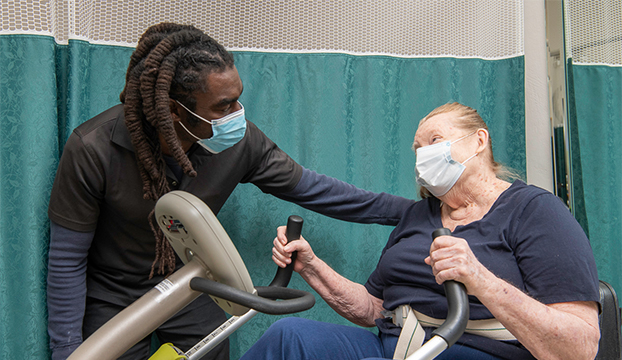Chronic breathing conditions, including bronchial asthma and persistent obstructive respiratory disorder (COPD), influence millions of people worldwide. These disorders can make it challenging for patients to breathe, leading to a decrease in physical activity and general quality of life. However, studies has shown that participating in regular physical activity can significantly ease effects of these conditions. Exercise helps fortify the breathing muscles, enhance lung function, and increase overall stamina. By including physical activity into their daily routines, individuals with long-term breathing diseases can enjoy better health and increased well-being.

One way that movement helps those with chronic breathing diseases is by enhancing respiratory function. When people engage in physical activity, their lungs increase activity to supply Oâ‚‚ to the organism. This can lead to greater lung capacity and functionality over time. Exercises such as brisk walking, aquatic exercise, or biking can be particularly advantageous. They enable individuals to incrementally increase their physical capacity without overexerting their systems. As a result, people may experience they can perform routine tasks with less effort and experience reduced episodes of dyspnea.
Moreover|Additionally|Furthermore, physical activity can have beneficial effects on mental health as well. Chronic pulmonary diseases often bring feelings of anxiety and low mood due to ongoing conditions. Routine movement promotes the secretion of endorphins, which are molecules in the brain that support boost emotional state and reduce psychological strain. Engaging in social exercise sessions or courses can also offer peer interaction and diminish perceptions of isolation. This social connection can inspire individuals to maintain activity while also supporting their emotional well-being.
In addition to physiological and mental treatment of motor vehicle accident injuries with physiotherapy health gains, exercise can result in enhanced control of effects associated with long-term respiratory disorders. For instance|For example|Specifically, individuals who undertake regular exercise may have less frequent exacerbations and diminished intensity of manifestations like coughing and breath noise. It is important for those with these diseases to work with healthcare professionals click here to read before beginning an physical routine. A doctor or physiotherapist can guide them in identifying suitable movements that align with their specific needs and restrictions.
Finally|In conclusion|Ultimately, integrating movement into daily life does not have to be intimidating or complicated. Small modifications, such as taking the stairs instead of the lift, walking during lunch breaks, or joining yoga sessions, can produce notable benefits over time. Setting practical goals and progressively building physical activity can help patients to maintain commitment and achieve enduring results. With dedication and the right support, people with persistent respiratory conditions can utilize the potential of physical activity to improve their manifestations and improve their well-being.